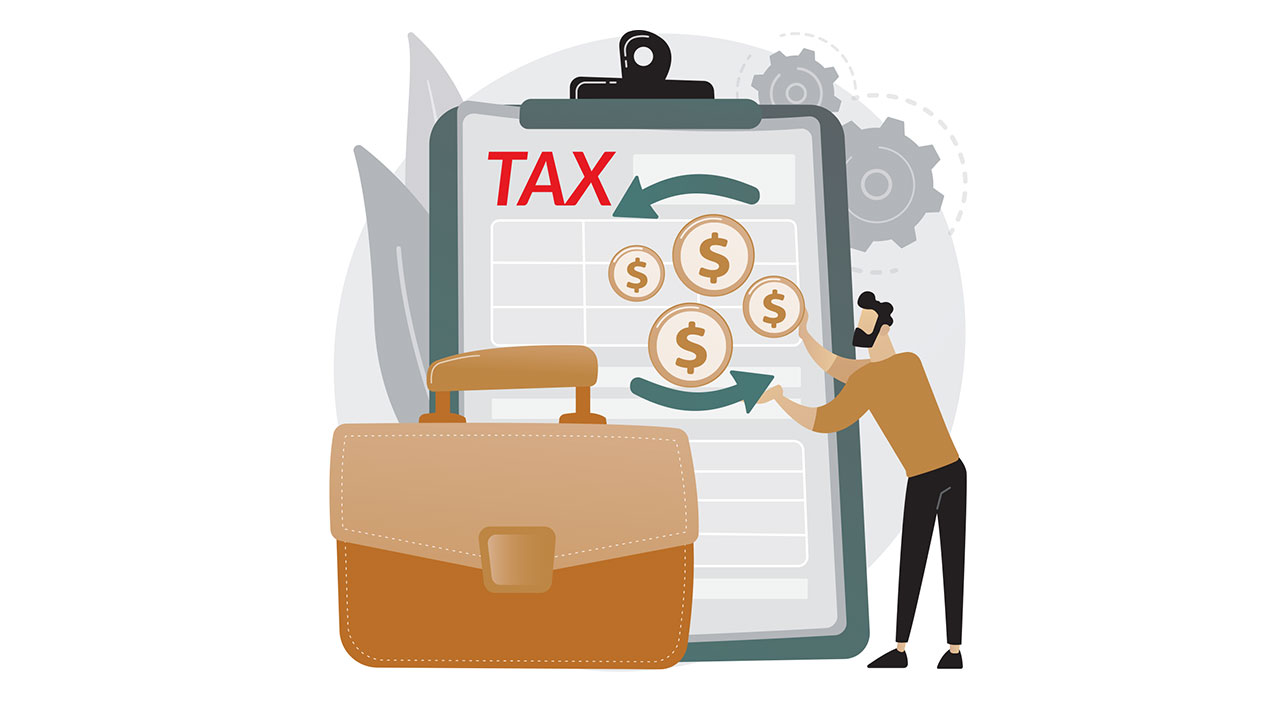By BusinessWorld,Cedtyclea
Copyright bworldonline

By Yasuto Watanabe and Seung Hyun (Luke) Hong
ACROSS the ASEAN+3 region (comprising 10 members of the ASEAN and China; Hong Kong, China; Japan; and Korea), governments are facing mounting pressure to raise revenue. Even before the COVID-19 pandemic, many economies were seeing tax-to-GDP ratios drift downward. Since then, revenue collection has struggled to keep pace with post-pandemic recovery, while public spending needs have only grown. Aging populations, climate adaptation, infrastructure financing, and social investment are placing ever greater demands on national budgets. The central question now is: how can policymakers strengthen and adapt revenue systems to meet growing needs and safeguard fiscal stability?
The situation is not without hope. There is still significant room to broaden tax bases, modernize collection systems, and improve fairness and efficiency. Doing so would not only create fiscal space to meet rising demands but also strengthen trust in public institutions. This moment offers a window for reform — one where decisive action can secure long-term fiscal sustainability and more inclusive growth.
DIVERGING TRENDS ACROSS THE REGION
A closer look at the data reveals diverse trajectories over the past decade. Indonesia, Malaysia, and Singapore saw tax-to-GDP ratios fall and then rebound, while Thailand and Vietnam experienced a longer decline before stabilizing more recently. Cambodia and the Philippines gradually increased revenues, though momentum has eased recently. Among the Plus-3 economies, China’s ratio declined gradually, Japan’s rose steadily until FY2022 before dipping, and Korea’s has remained largely stable, with a brief peak in FY2022 followed by a recent decline.
These diverging patterns reflect the complexity of fiscal landscape shaped by varying structural conditions, economic structure, and political pressures. But the consequences are clear: elevated debt and shrinking fiscal space, even as demands for pensions, healthcare, climate adaptation, and digital infrastructure continue to grow. In some economies, dependence on commodities or a narrow set of industries adds another layer of risk. At a deeper level, weak tax systems can erode public trust and undermine the state’s capacity to deliver on development goals.
STRUCTURAL AND CYCLICAL CHALLENGES
The drivers of declining revenue performance in ASEAN+3 economies — are both cyclical and structural. These forces interact in complex ways and are often highly country specific, shaped by differences in institutional capacity, tax system design, and economic structure.
Structural weaknesses continue to limit revenue potential and tend to amplify cyclical shocks. Widespread tax incentives, exemptions, and misaligned tax structures constraint expansion of tax bases. High informality in employment and business operations also keeps large parts of the economy outside the tax net, while the rapid rise of digital platform-based work has further complicated tax administration. A weak tax compliance culture and administrative constraints — such as limited digital infrastructure, under-resourced enforcement, and inadequate taxpayer registries — often become obstacles to reform efforts. Expanding regional trade and investment flows add further challenges, particularly cross-border leakages from transfer pricing and profit shifting.
Cyclical shocks, particularly the pandemic, compounded these issues. Output shrank, tax bases narrowed, and governments introduced wide-ranging emergency relief measures, such as deferred payments and temporary rate cuts and tax exemptions. Many of these temporary measures remain in place amid post-pandemic inflation. Lingering post-pandemic economic scarring, sluggish global trade, and commodity price swings continue to weigh on revenue collections. In economies with entrenched structural weaknesses, these cyclical pressures have slowed the pace of fiscal recovery.
Often, the two reinforce each other. Weak compliance systems hinder the withdrawal of exemptions, temporary reliefs evolve into long-term leakages, and incomplete taxpayer data hampers both audits and broader reform planning.
Faced with declining revenues, many ASEAN+3 economies are strengthening tax administration, while some are adjusting tax policies directly. Digitalization — through e-invoicing, e-filing, data-driven audits, and integrated national ID systems — is gaining traction, albeit unevenly. Several economies have raised consumption tax rates, broadened income tax bases, or begun scaling back inefficient incentives. These are encouraging steps, but they remain partial.
THE ROAD AHEAD
Meaningful domestic revenue reform requires more than technical fixes. Policymakers will need to rationalize tax incentives, strengthen administrative capacity, and bring informal sectors into the formal tax system. Digital tools must be scaled up, enforcement made more data-driven, and political capital must be spent on rebalancing the tax mix. As international tax rules evolve, the region must also avoid harmful tax competition and resolve implementation challenges.
Importantly, the magnitude and nature of tax challenges vary widely across ASEAN+3. Closing tax gaps will require tailored approaches that reflect not only the economic cycle but also institutional and structural realities in each economy.
Ultimately, domestic revenue mobilization is not just about increasing collections. It is about doing it better by establishing more efficient, equitable, and sustainable systems that enable a fair distribution of tax burden, build public trust, and secure long-term fiscal stability. Success will demand commitment at both national and regional levels. The task is urgent, but the opportunity is also clear: with the right reforms, ASEAN+3 can strengthen fiscal resilience and lay the foundation for more inclusive growth.
Yasuto Watanabe is director of the ASEAN+3 Macroeconomic Research Office (AMRO). Seung Hyun (Luke) Hong is group head and lead economist at AMRO.



